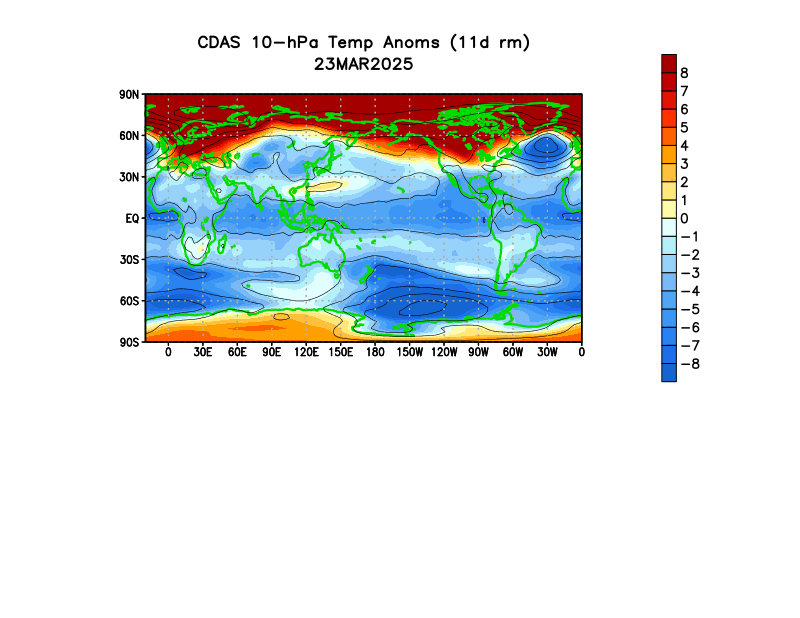This is an overview of what forecast models are currently suggesting may be happening in the time leading into the winter of 2013-2014. This is not my Preliminary Winter Forecast- that comes out in June.
We'll start with the probabilities of different states of the El Nino-Southern Oscillation (ENSO) phenomenon. The red bars on the bar graph suggest the probability of an El Nino, defined by above-normal sea surface temperatures in the eastern Equatorial Pacific. The blue bars represent the potential for a La Nina, which is indicated by below-normal sea surface temperatures in the eastern Equatorial Pacific. As the third name suggests, the green bars predict neutral ENSO conditions, which means there is no presence of above or below normal temperatures in the region. Moving through the year of 2013 to the last set of bars, defined as NDJ 2013 (November-December-January 2013), we see pretty equal chances of each type of ENSO condition, but if you want to be picky we can differentiate between which one is so prevalent. The neutral-ENSO condition has the highest probability (just below 40%), with La Nina in close pursuit (roughly 35%). The chances of an El Nino rise throughout the forecast period, but end up immediately below 30% to round out the predicted El Nino conditions. While the probabilities may seem unusually low right now, you have to remember that we are looking at the end of the forecast period, hence the confidence of the forecast is unusually low. Also of significance is that the winter's ENSO period typically develops during the summer months- this idea is true for nearly every year.
Looking at the OND 2013 (October-November-December 2013) temperature forecast from the long range American CFS V2 model, we see widespread probabilities of below normal temperatures across Canada and creeping into the North Plains and Upper Midwest. We can also see above normal temperatures near Greenland- these warm temperatures could mean high pressure in that region, and this could mean a higher probability of below normal temperatures in the Eastern US. We also see spots of above normal temperatures in the Southern Plains and shying into the Southwest. This may or may not mean a little high pressure tendency in those regions, and this could also try to push below normal temperatures into the East US. Don't get excited yet, however- we're 8 months away from the first month of winter. I can't even describe how low confidence is on this forecast.
As for the precipitation forecast, we see a large swath of above normal precipitation extending from the Midwest and across the Great Lakes. There is an enhanced swath of above normal precipitation probabilities in the Ohio Valley and southern Midwest. This set-up of precipitation is more typical of a La Nina pattern. Below normal precipitation in the Southern Plains adds to my suspicion of that high pressure tendency in the region, and this tendency could extend into the Southwest as the pocket of below normal precipitation in northern California shows. Again, confidence is extremely low.
Andrew
We'll start with the probabilities of different states of the El Nino-Southern Oscillation (ENSO) phenomenon. The red bars on the bar graph suggest the probability of an El Nino, defined by above-normal sea surface temperatures in the eastern Equatorial Pacific. The blue bars represent the potential for a La Nina, which is indicated by below-normal sea surface temperatures in the eastern Equatorial Pacific. As the third name suggests, the green bars predict neutral ENSO conditions, which means there is no presence of above or below normal temperatures in the region. Moving through the year of 2013 to the last set of bars, defined as NDJ 2013 (November-December-January 2013), we see pretty equal chances of each type of ENSO condition, but if you want to be picky we can differentiate between which one is so prevalent. The neutral-ENSO condition has the highest probability (just below 40%), with La Nina in close pursuit (roughly 35%). The chances of an El Nino rise throughout the forecast period, but end up immediately below 30% to round out the predicted El Nino conditions. While the probabilities may seem unusually low right now, you have to remember that we are looking at the end of the forecast period, hence the confidence of the forecast is unusually low. Also of significance is that the winter's ENSO period typically develops during the summer months- this idea is true for nearly every year.
Looking at the OND 2013 (October-November-December 2013) temperature forecast from the long range American CFS V2 model, we see widespread probabilities of below normal temperatures across Canada and creeping into the North Plains and Upper Midwest. We can also see above normal temperatures near Greenland- these warm temperatures could mean high pressure in that region, and this could mean a higher probability of below normal temperatures in the Eastern US. We also see spots of above normal temperatures in the Southern Plains and shying into the Southwest. This may or may not mean a little high pressure tendency in those regions, and this could also try to push below normal temperatures into the East US. Don't get excited yet, however- we're 8 months away from the first month of winter. I can't even describe how low confidence is on this forecast.
As for the precipitation forecast, we see a large swath of above normal precipitation extending from the Midwest and across the Great Lakes. There is an enhanced swath of above normal precipitation probabilities in the Ohio Valley and southern Midwest. This set-up of precipitation is more typical of a La Nina pattern. Below normal precipitation in the Southern Plains adds to my suspicion of that high pressure tendency in the region, and this tendency could extend into the Southwest as the pocket of below normal precipitation in northern California shows. Again, confidence is extremely low.
Andrew
















